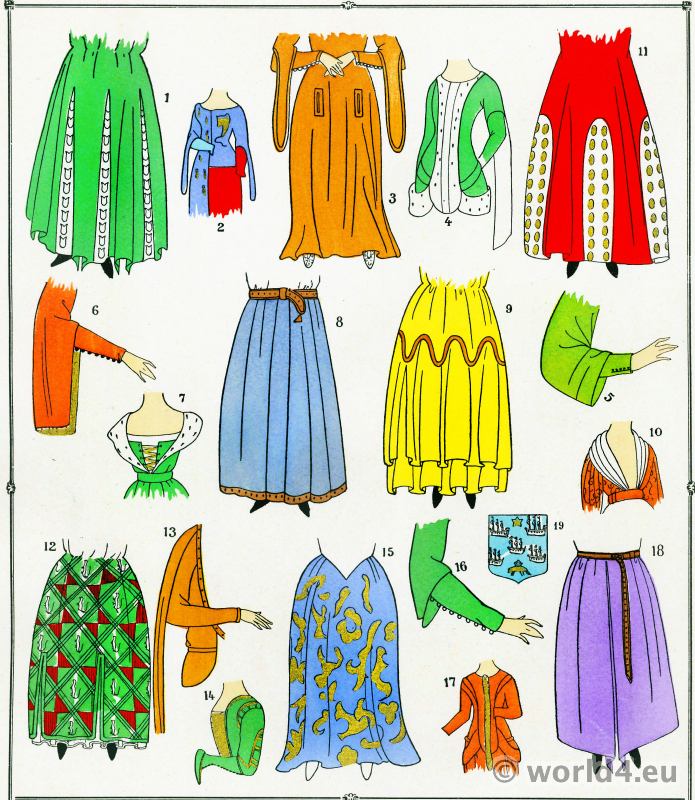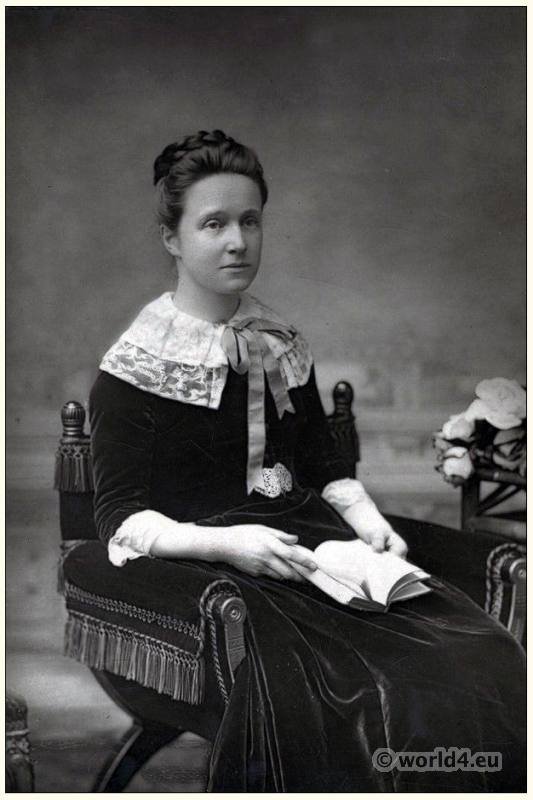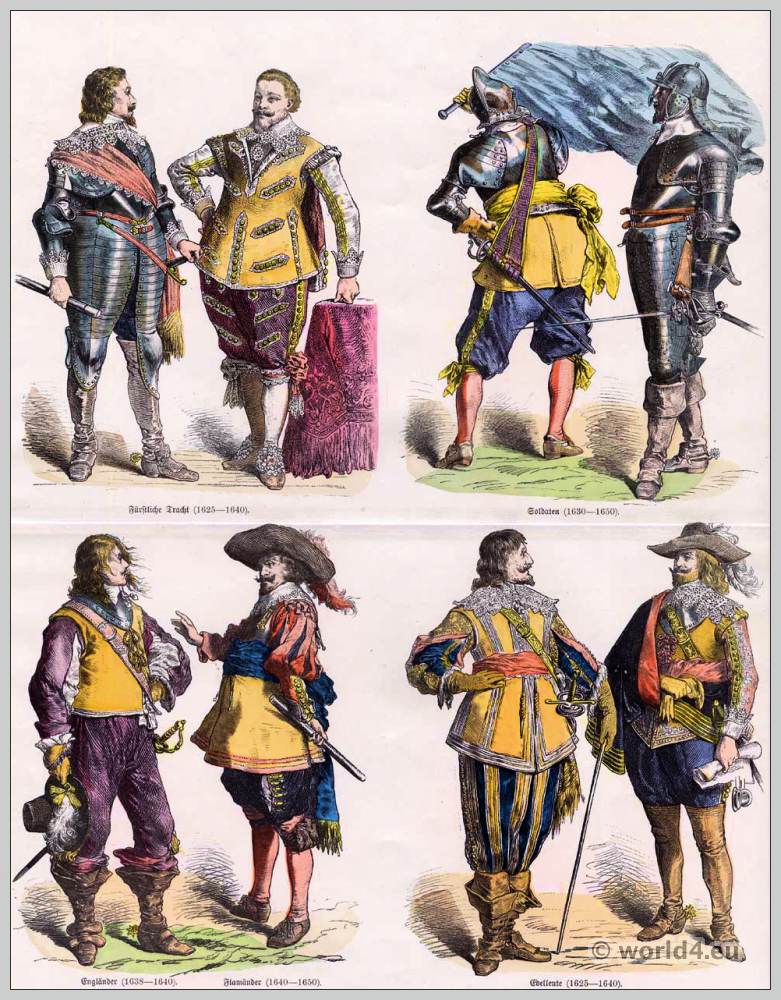Russian royal party in St. Petersburg. Victorian costumes period 1874.
Festivities in Russia. The Royal Party Skating on the English Quay, St. Petersburg.
Royal party of Prince Alfred, Duke of Edinburgh (1844-1900), Grand Duchess Maria Alexandrovna of Russia (1853-1920), Prince Arthur, Duke of Connaught and Strathearn (1850-1942), Edward, Prince of Wales (1841-1910), Alexandra of Denmark, Princess of Wales (1844-1925), and Crown Prince Frederick of Denmark (1843-1912) ice skating on the frozen waters of the Neva River near the English Quay at Saint Petersburg.







